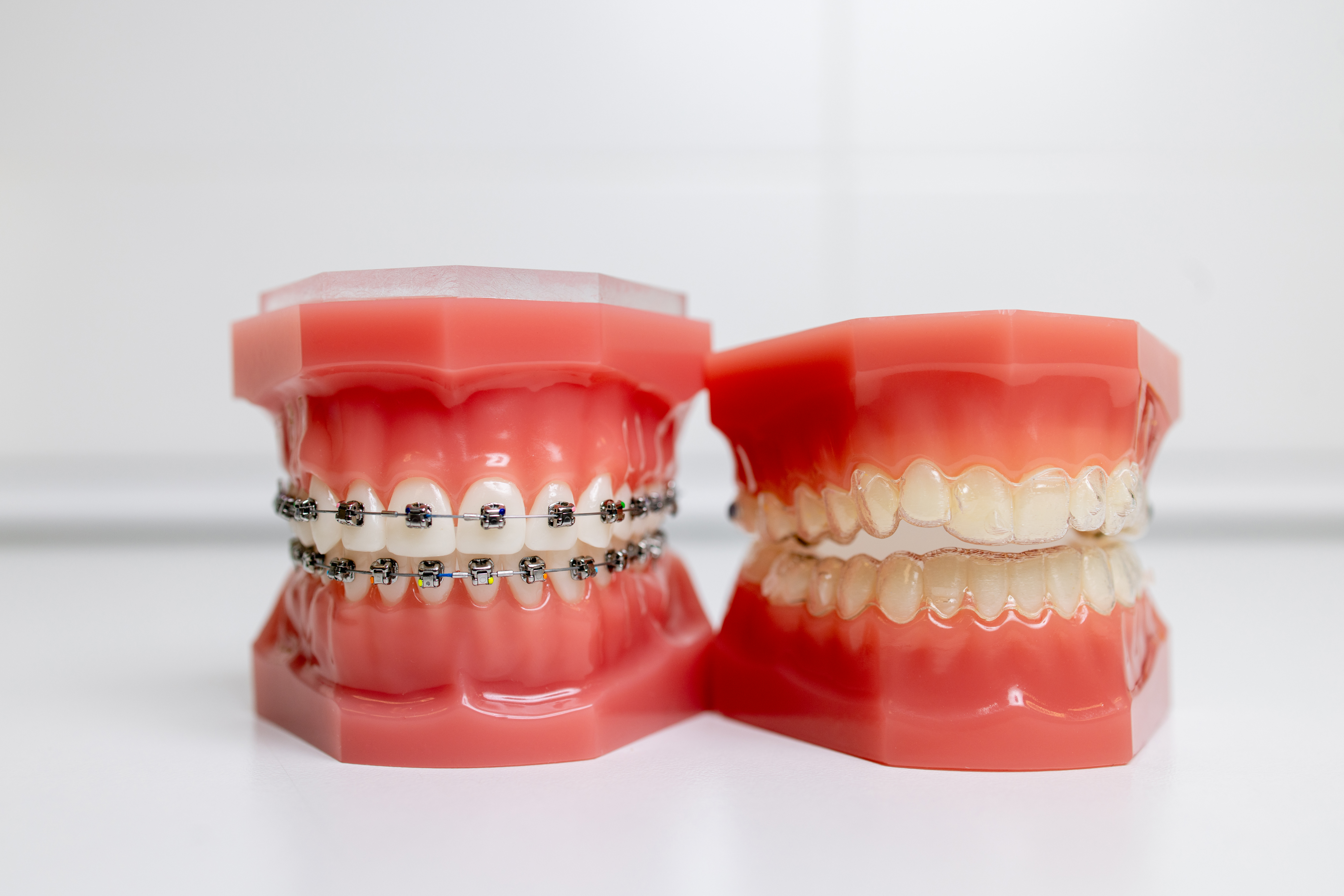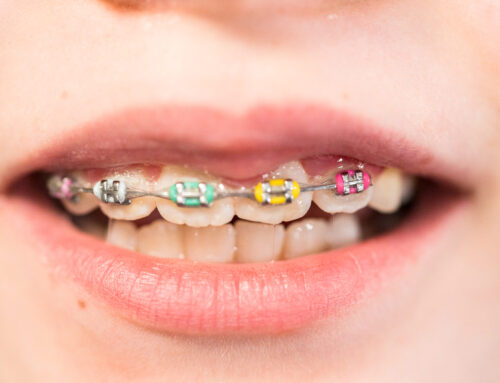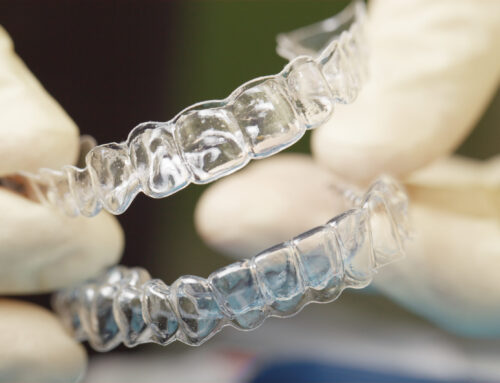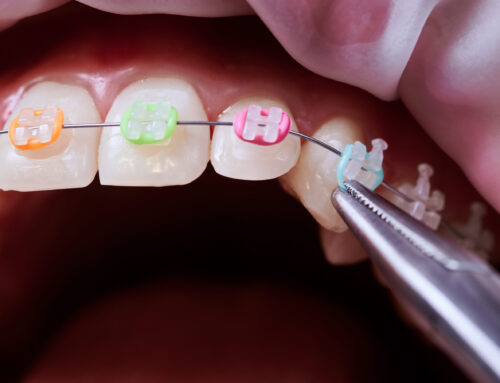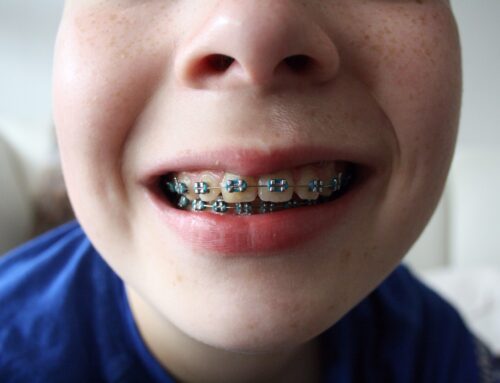Orthodontic technology has come a long way throughout history, with incredible progress toward the braces and aligners we know today. Creating straight, healthy smiles has become easier with imaging, hardware, and aesthetic advancements. Let’s journey through time and explore the fascinating history and achievements in the orthodontic world.
Ancient Beginnings
We begin in the archives of history, where evidence of early orthodontic practices can be found. As far back as Ancient Egypt, individuals sought ways to strengthen teeth and improve their oral health. Ancient Egyptians are known to have particularly unique vanity practices, like wearing makeup or jewelry. These early humans used materials like animal intestines and metal wires to fashion rudimentary braces, often requiring drilling teeth and weaving wires through in an attempt to straighten teeth.
The Pioneers of Orthodontics
Fast forward to the 18th century, when two key figures in orthodontics emerged. Pierre Fauchard, often called the “Father of Dentistry,” made significant contributions to the field and laid the foundation for modern orthodontics. Edward Angle, another forward-thinker in dentistry, introduced systematic treatment planning and standardizing techniques, marking a pivotal moment in orthodontic history.
The First Modern Braces
The 19th and 20th centuries saw the development of modern braces as we know them today. Bands, wires, and brackets became common in orthodontic treatment. Dentists would wrap bands made of varied materials around teeth, and then those would be connected by a wire. Patients who could afford expensive treatments preferred wires of silver or gold. While these innovations represented significant progress, patients still faced challenges and discomfort during their orthodontic journeys.
The Technological Revolution
The mid-20th century brought about a technological revolution in orthodontics. Stainless steel became the standard material for braces, significantly improving durability and effectiveness. Diagnostic tools like X-rays transformed treatment planning, enabling orthodontists to make precise adjustments. New practices allowed for more comfortable experiences for patients throughout treatment. Modern imaging allows Dr. Burke and Dr. Beckstrom to tailor a plan for your specific needs down to each visit.
Innovations in Orthodontic Appliances
Over the years, orthodontic appliances like spacers continue to evolve. Appliances can reduce patients’ time in braces and allow for more complex movements. We’ve also witnessed the rise of various brace types, including traditional metal braces, ceramic braces, and discreet aligners like Invisalign. The aesthetic appearance of aligners has become very popular among teens and adults seeking treatment.
The Future of Braces
Looking ahead, orthodontics continues to push the boundaries of innovation. Ongoing research explores the potential of artificial intelligence and machine learning in treatment planning, promising even more personalized and efficient orthodontic care. The future holds exciting prospects for patients seeking orthodontic treatment. Who knows, braces could be completely invisible in the coming years.
Conclusion
As humans have become more intuitive, technology has followed. The evolution of braces has continued to adopt advancements, improving oral health and allowing us to create straight smiles. We’ve come a long way from ancient wire contraptions to the advanced treatments available today. At Burke and Beckstrom Orthodontics, we’re proud to be a part of this journey, offering advanced orthodontic solutions to transform your smile.
If you’re considering orthodontic treatment or want to explore the latest options in braces and aligners, don’t hesitate to schedule a consultation with Dr. Burke and Dr. Beckstrom. Your dream smile is closer than you think.
